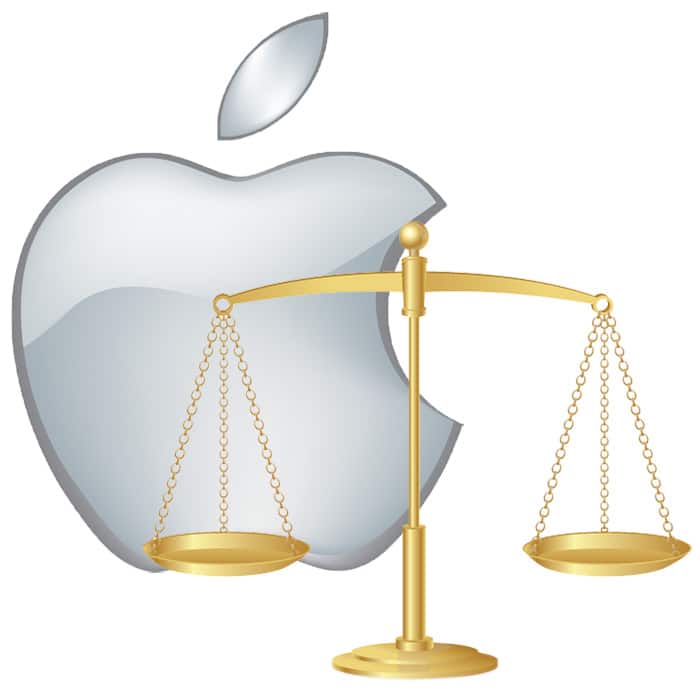A class action lawsuit against Apple over bricked iPhones and Error 53 has been dismissed because the Judge overseeing the case saying the plaintiffs failed to prove they had been harmed. This isn’t, however, the end of the line because they can amend their claims, plus there are at least two similar cases in the court system, too.

Error 53 was a big buzz phrase earlier this year when the media latched on to reports of iPhones that stopped working after upgrading to iOS 9. The error and subsequent bricking happened on iPhones where the Touch ID-capable Home button had been replaced outside of an authorized Apple service center. Built-in diagnostics detected the Home button and Touch ID weren’t properly paired with the iPhone and interpreted that as a security breach, locking down the phone.
Law firms jumped on the problem saying this was Apple’s way of forcing customers to use only its own service centers, and the class action lawsuit train rolled out of the station. Apple apologized to customers and released a software update to restore iPhones bricked by Error 53, but that wasn’t enough to satisfy the lawyers and plaintiffs.
It was, however, enough to satisfy U.S. District Judge Vince Chhabria who dismissed the case. He said claims that iPhones were defective wasn’t valid because Apple offered to fix the issue, and false advertising claims were invalid because designing a product doesn’t equate to automatically knowing every potential problem it may have.
Judge Chhabria said,
The plaintiffs’ position seems to be that Apple should have ‘disclosed that their devices would be destroyed by imbedded features if they had repaired devices using an independent service and then updated to certain iOS versions’…the mere fact that a company has designed a product doesn’t mean it automatically knows about all of that product’s potential design flaws.
This isn’t the end of the line because the Judge left an opportunity open so the plaintiffs can amend and resubmit their case to show they suffered real damages. Similar cases have been filed in California and Washington, too.
Assuming any of these cases make it to trial, Apple will likely note that service centers should be aware of the Touch ID pairing procedure, and that it released a fix for iPhone owners who had their Home button replaced incorrectly. Based on Judge Chhabria’s dismissal, the plaintiffs may switch tactics and try to show Apple should be held accountable for any data loss they suffered. Regardless of the strategy the plaintiffs use, the Error 53 cases aren’t over yet.
